After China fully opened the entry policy in 2023, Jenny rushed in and out non-stop. None have been abroad. Although I made an appointment to arrive at the scene very early, I waited for two or three hours and still couldn’t handle it. After the epidemic was opened, many young people and grandparents who went to travel to apply for passports.
Even though the waiting time was long, Jenny had to “join in the fun” among a group of people who were traveling. There was a foreign trade exhibition in Russia in June, and I had been in touch with customers online for two years, so I had to go this time. Jenny, who has worked in the foreign trade industry for 11 years, has never been so eager to go abroad.
With the gradual liberalization of policies and the epidemic situation, foreign traders have already begun to prepare to work hard in 2023. As early as December last year, foreign trade companies in Zhejiang, Jiangsu and other places began to organize charter flights to fly overseas to grab orders, and the topic was on the hot search.

Now, after the beginning of spring, the market is a “cold spring” sweeping the foreign trade industry. This year’s domestic and foreign trade spokesperson said that entering 2023, the global economic and trade situation will become extremely severe, and the downward pressure will increase significantly. Global trade will remain sluggish in 2023, and the volume of global trade in goods will only grow by 1% (estimated to be 3.5% in 2022). The main contradiction in China’s foreign trade field is the current weakening of external demand and the decline of orders.
In this battlefield without gunpowder, many foreign traders who can’t get out of the freight or those who have been abandoned and lost money cannot see the road ahead.
Where did all the orders go?
Under the environment of turbulent international situation and weak global consumer market, coupled with risk factors such as logistics blockage, intensified inflationary pressure, and repeated epidemics at home and abroad, coupled with the rapid rise of Southeast Asian manufacturing, it has further squeezed domestic plastic products. The living space of the enterprise.
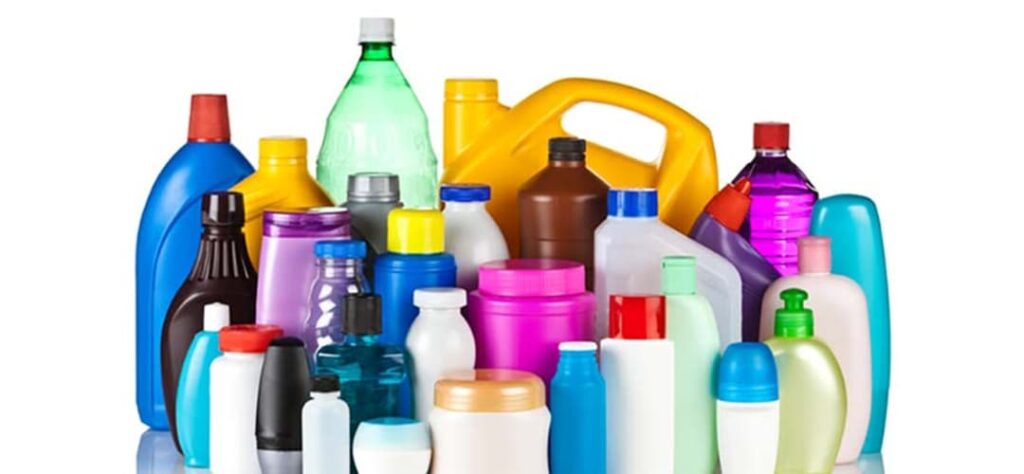
Although the overall foreign trade industry is showing a recovery trend, it is an indisputable fact that plastic product companies are facing difficulties such as rising costs, shrinking orders, backlogs of goods, and declining profits. Many traditional plastic product companies have withdrawn from the industry bottleneck.
A.customer demand decreases.
Inflation in foreign countries is too strong, and many customers have also been dragged down by factors such as the epidemic and regional conflicts, and demand has dropped significantly. The increase in interest rates in the United States has led to a decline in consumption levels. Many customers have a backlog of goods, which are piled up in warehouses and sold slowly, so there will be no new demand.
B.customers become more selective
As more and more people engage in low-end plastic manufacturing business, traditional plastic product companies are doing very sadly. A large number of suppliers and internal low-price competition give customers the upper hand. Because he has more than a dozen factory quotations, and if your quotation is a few cents higher, he will not choose you, resulting in thinner and thinner profits for the factory. Sometimes the gross profit for exporting a container of goods is less than 5,000 yuan.
In addition, Vietnam and other Southeast Asian manufacturing industries have developed, with lower labor costs, production costs, and more competitive product prices, resulting in loss of orders.
Current state of plastics manufacturing
Every time the market changes, the surviving plastic factories will develop better and better. In order to “survive”, they will desperately upgrade the equipment to reduce labor costs.

1. The traditional plastic manufacturing industry has always had an unbalanced industrial structure. There are many companies but few well-known brands, and there are no excellent products and technologies.
2. The traditional plastic manufacturing industry is still facing the double attack of low-end and middle-end industries transferring to Southeast Asian countries and high-end manufacturing returning to developed countries.
The topic of transformation and upgrading of traditional manufacturing enterprises has always been a cliché. Whether it’s the pandemic and low global consumption levels or not, traditional cheap plastic manufacturing is coming to an end.
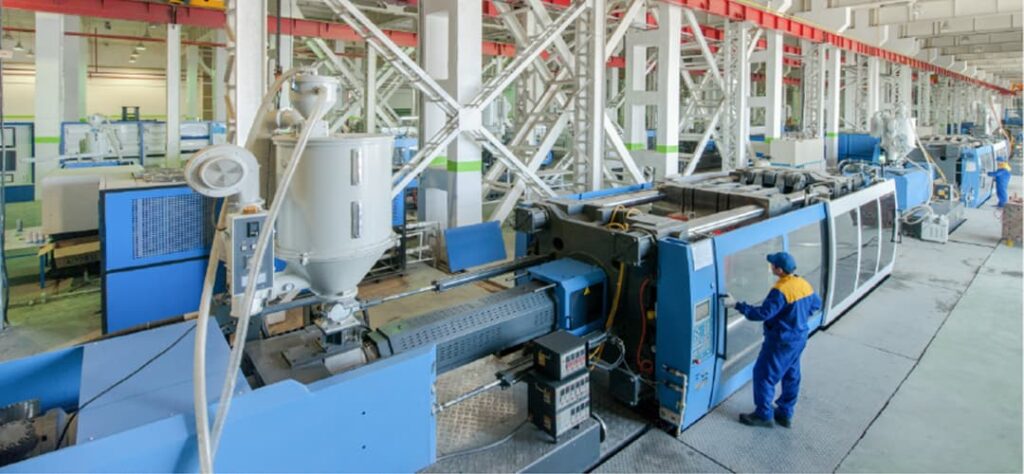
Transform and upgrade the traditional plastics industry, and create excellent enterprises with digital capabilities, high-quality supply chain management and control capabilities, refined management capabilities, and technical barriers. Then resources and customers will be more concentrated, and development will be better and better.
How to transform and upgrade the traditional plastic manufacturing industry
The central feeding system is designed for the production of plastic products in the injection molding workshop, realizing uninterrupted unmanned continuous molding operations.
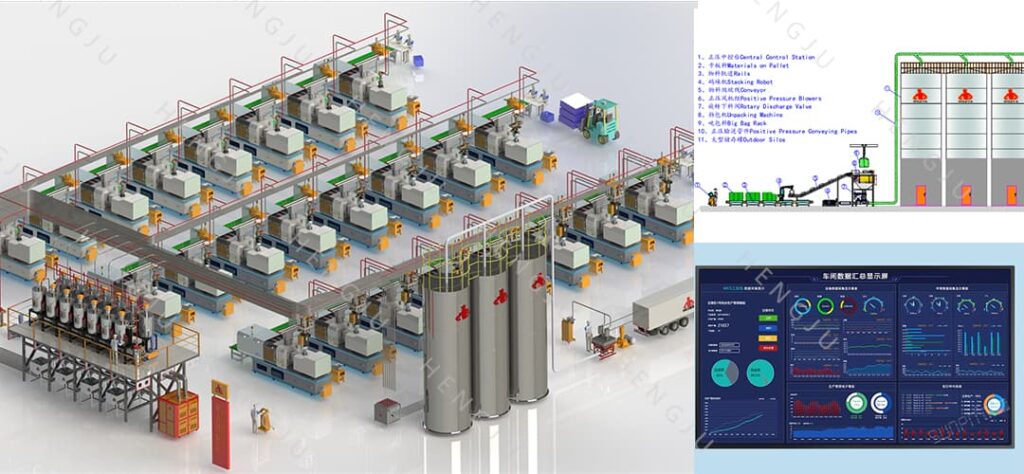
Automation and intelligence
The storage and feeding system is fully automatic control to complete the feeding action to the plastic auxiliary molding equipment. The central console controls the feeding of multiple molding equipment, and can also monitor the working status and possible failures of the system in real time.
Digitalization of the production process
Visualization of production data such as material usage, product yield rate, and equipment startup status is clear at a glance, and the system is simple, easy to understand, and easy to operate
Centralized management
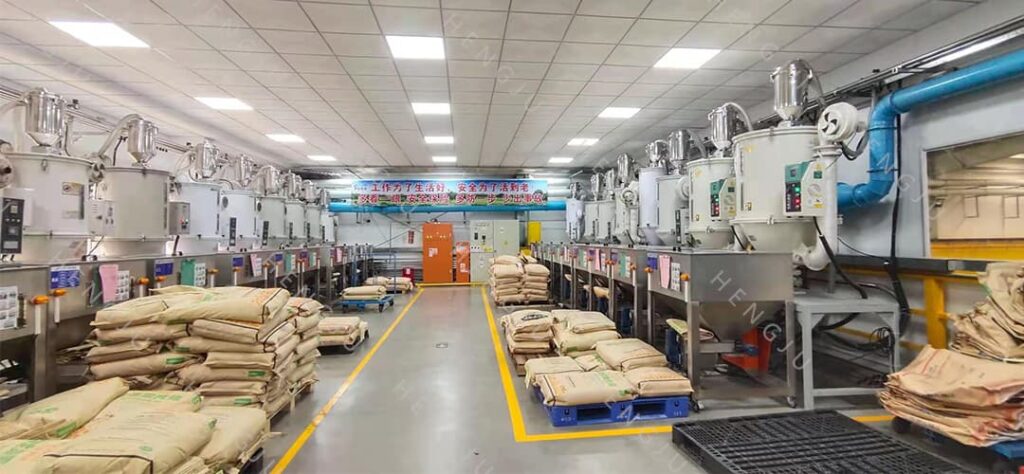
Automated production realizes the centralized transportation management of raw materials, and uses digital precision control to reduce material loss and labor waste. At the same time, it also reduces the noise and pollution generated in the production process, so as to maintain a clean workshop and enhance the corporate image.
Intelligent transportation
How to free up factory space and reduce transportation costs. We solve the problem from the source, adopt the packaging method of automatic unpacking machine, raw material suppliers provide bulk materials, and adopt the method of container unloading. Bulk materials are cheaper than packaging materials, and companies that use large quantities can save more than one million dollars a year by using bulk materials.
Flexible design, long service life
According to the needs of customers, we can provide personalized central feeding schemes. Different workshop characteristics and different raw material usage requirements can design optimal solutions according to actual needs to meet and optimize the production process of customers.
We, Hengju Machinery, actively responded to the country’s policy of vigorously supporting the upgrading and transformation of plastics enterprises. For plastics production enterprises, we launched the “Enabling 100 Enterprises” plan for the digitalization, intelligence, and unmanned operation of the plastics manufacturing industry. 1,000 plastic production enterprises quickly completed the digital, intelligent, and unmanned upgrading and transformation of production workshops.
Hengju Machinery can provide you with the design scheme of the whole factory automation intelligent factory and central chiller system. We have 10 years of industry experience and 8,000 square meters of self-built factory buildings, tailor-made solutions, free design renderings.
Case Studies
Injection molding industry
A plastic injection molding customer customized the central conveying system and central chiller system, including six 100T outdoor silos for material storage and a large tank positive pressure conveying and feeding system. The positive pressure conveying system is not less than 10 tons per hour for material transportation, and the system unpacks 400 bags per hour, which reduces storage costs, improves the space utilization of the factory building, and increases production efficiency by 40%.
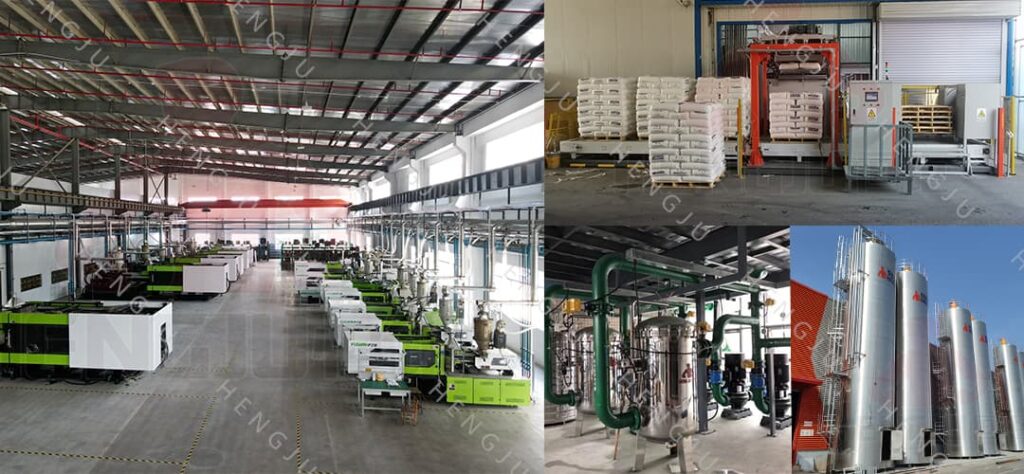
The water and electricity planning of the whole plant enables the effective water supply of the factory to save energy consumption by 25%. The intelligent frequency conversion water pump provides regional intelligent water supply, realizing one pump for multiple areas and multiple pumps for one area. The system centrally controls the application of water and electricity in the plant, and the gas supply and water temperature are stable, effectively improving product quality and enhancing the market competitiveness of products.
Extrusion industry
A PE pipe extrusion customer-customized central feeding system, including three 10T large vertical mixers, a centralized raw material conveying system, and a dehumidification and drying system.
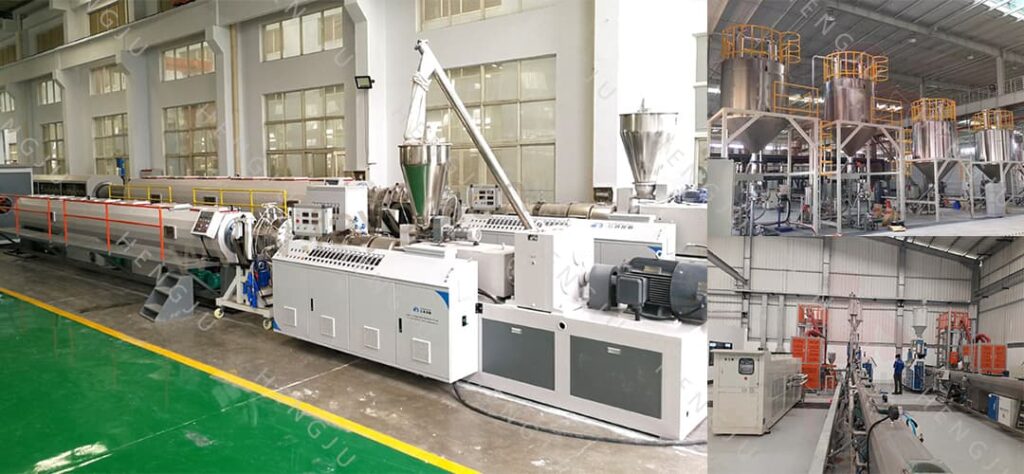
From the beginning, each shift requires 6 employees to feed to only one employee to switch pipeline feeding, which greatly saves labor and improves the efficiency of feeding. Compared with the traditional dehumidification and drying system, the dehumidification and drying system can reduce the drying time by 20%, the regeneration temperature by 20%, and the power by 30%, saving energy and reducing costs.
Membrane industry
A film customer customized a central feeding system, including three 50T large silos, an unpacking and feeding system, a weighing and measuring system, and a dehumidification and drying system.
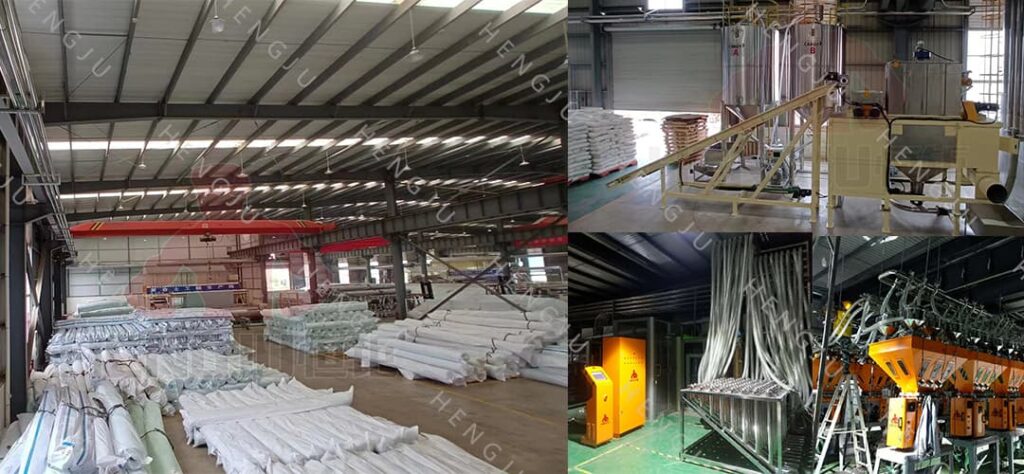
The delivery of different raw materials is carried out by the material distribution station, which reduces the situation of manual feeding of wrong materials and reduces the waste of manual materials. The customer has 8 kinds of raw materials, and the ingredients are effectively mixed by weighing and measuring and a mixer, and the error is controlled within 0.05%, which improves the quality of the product. The conveyor belt unpacking and feeding system effectively improves the speed of manual unpacking and improves production efficiency.


